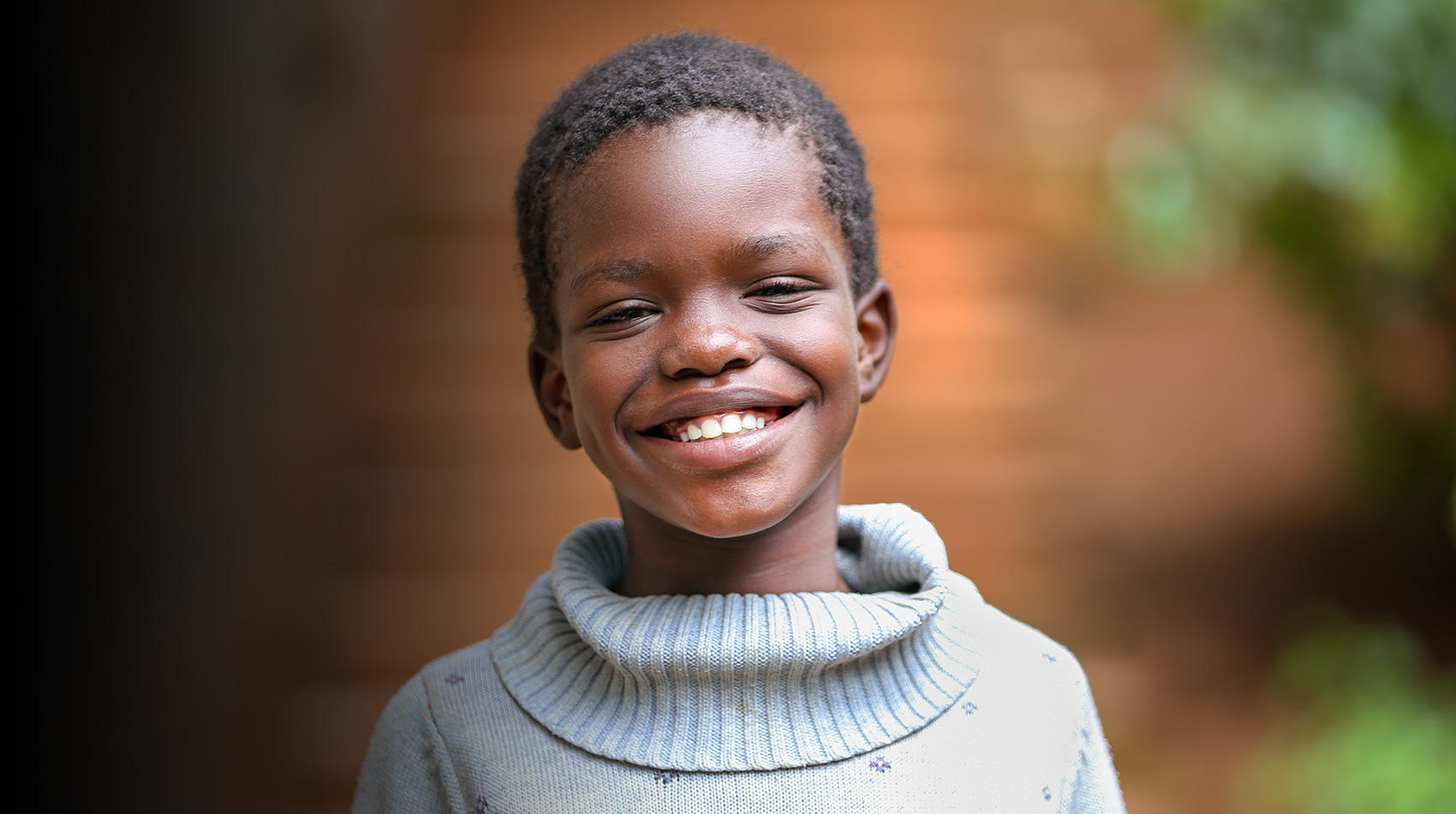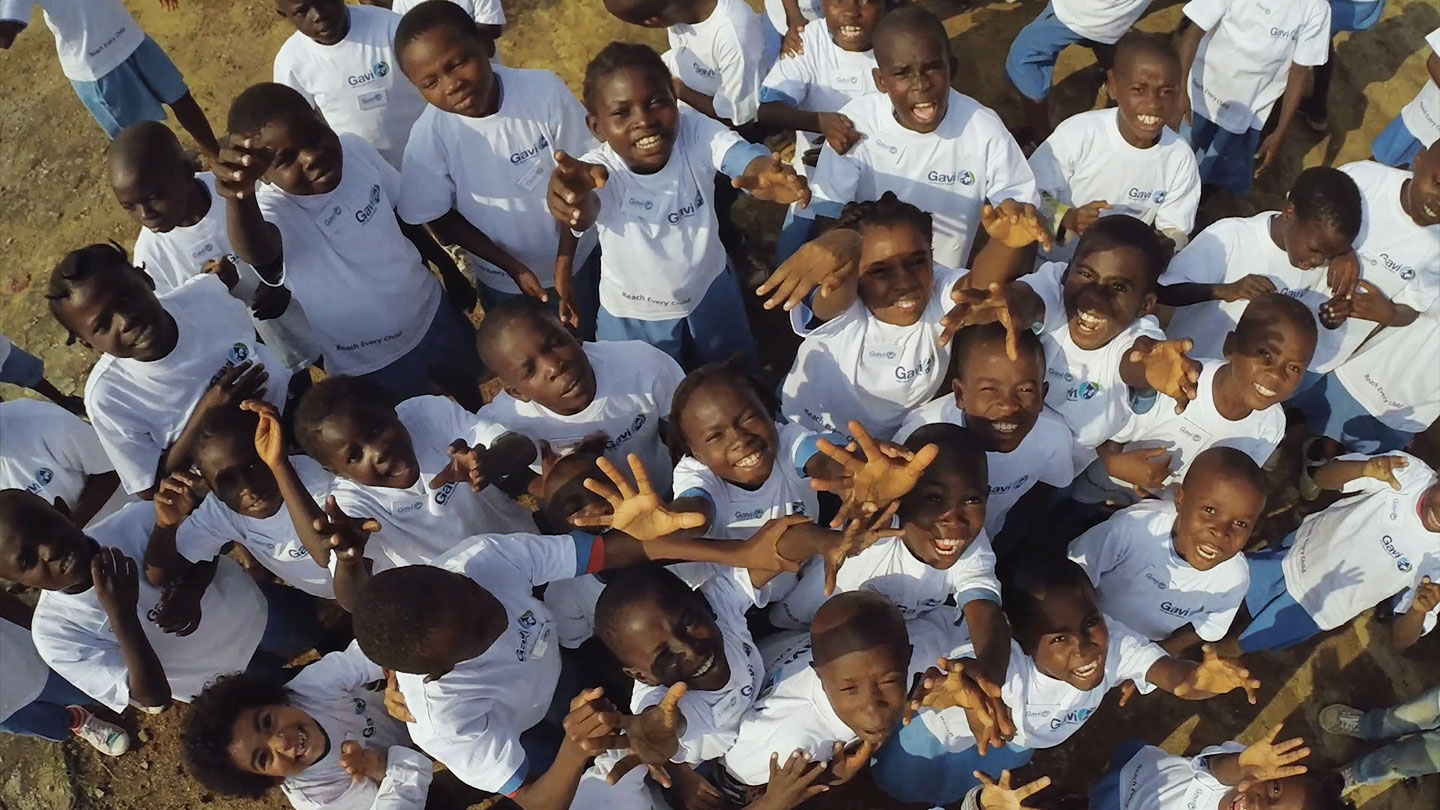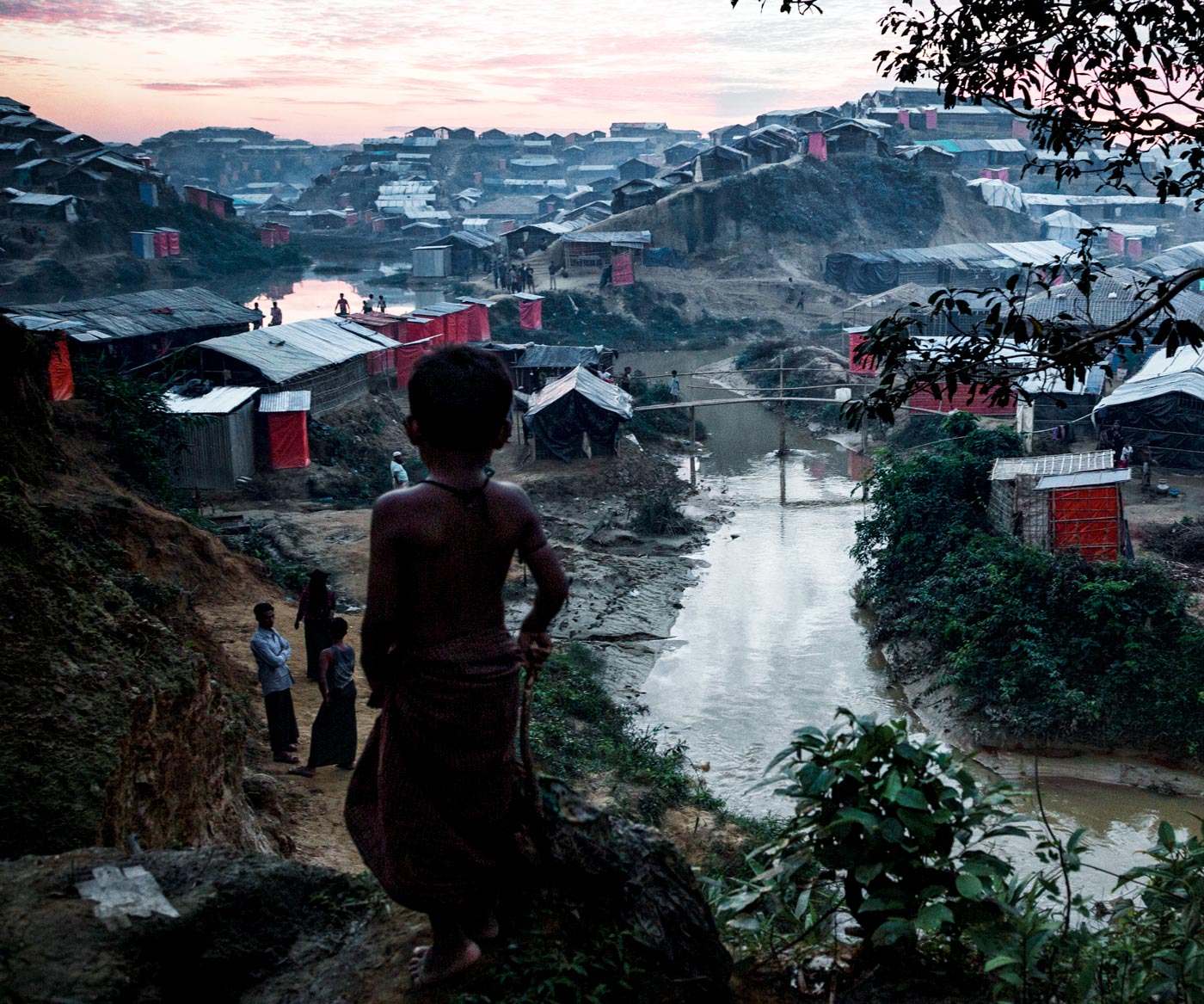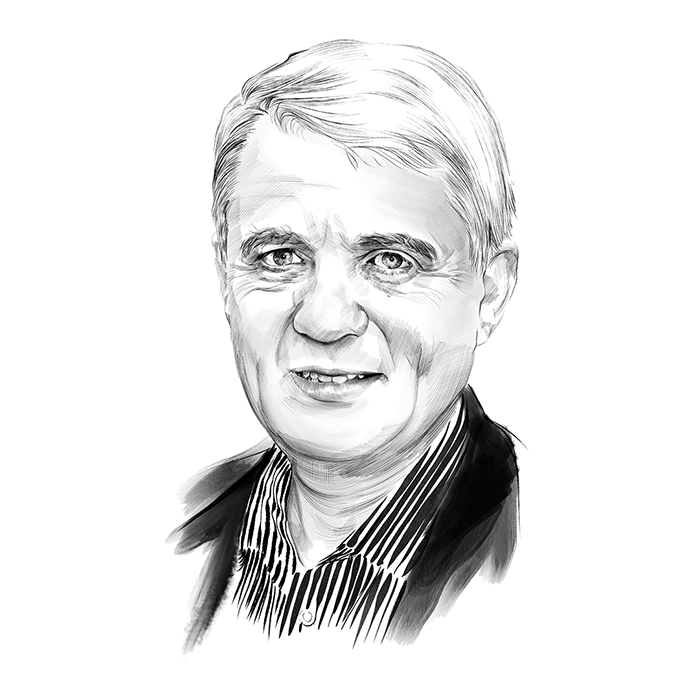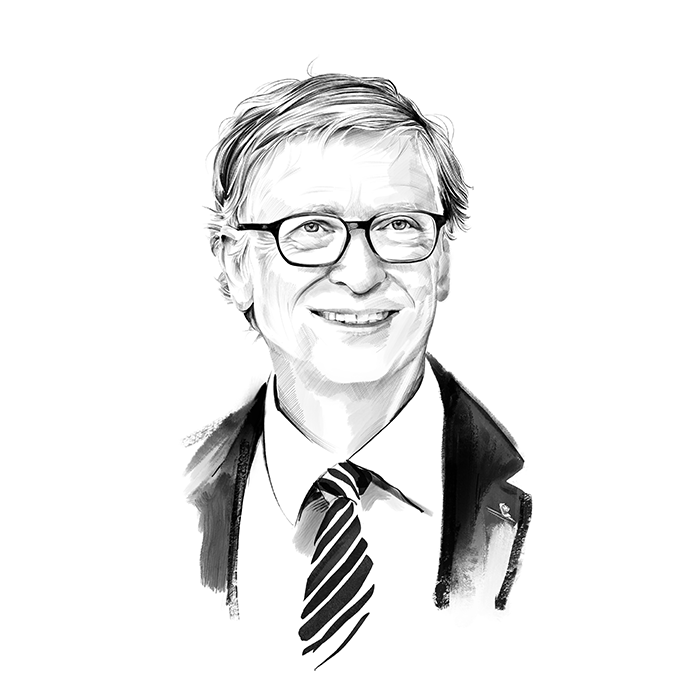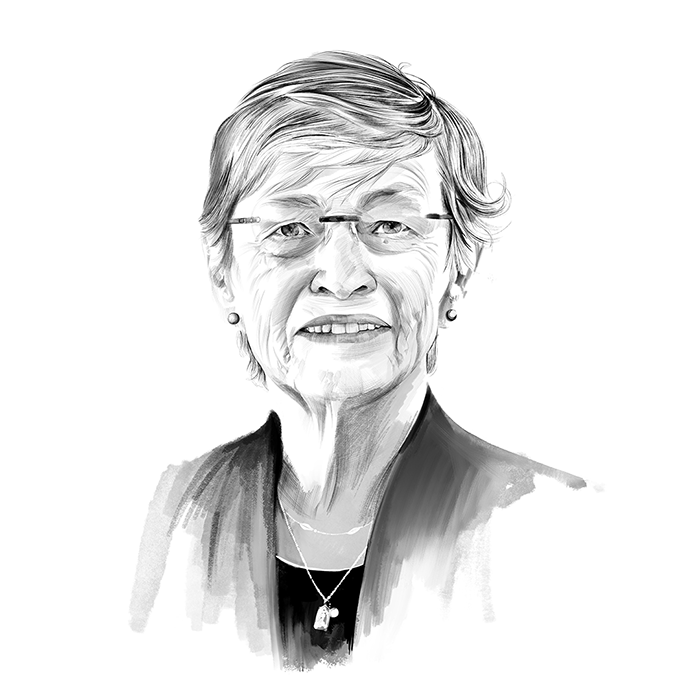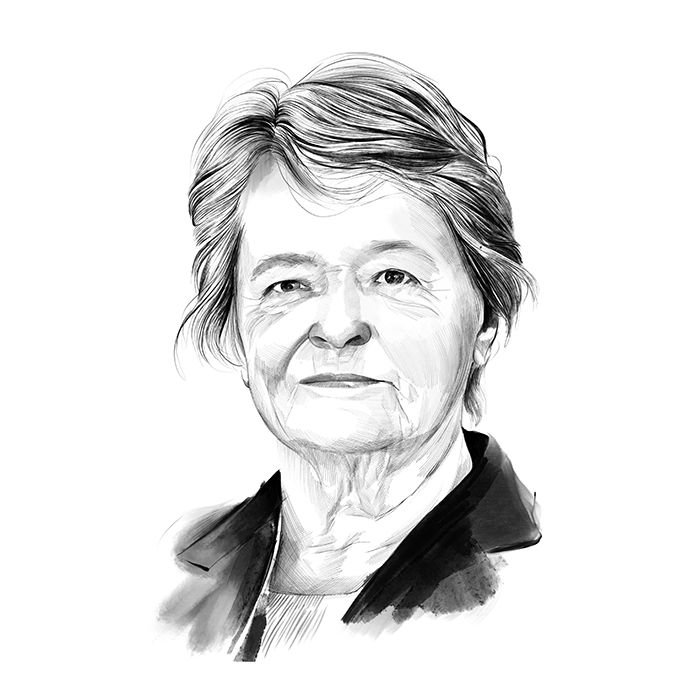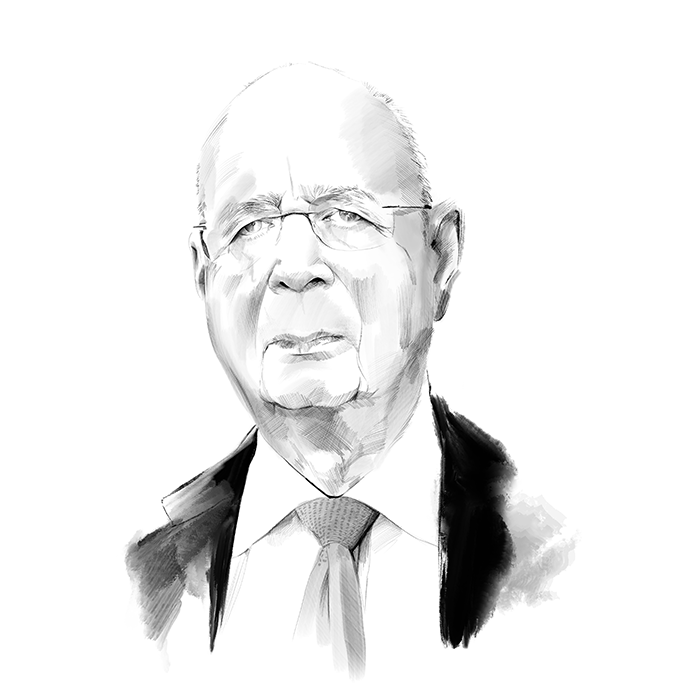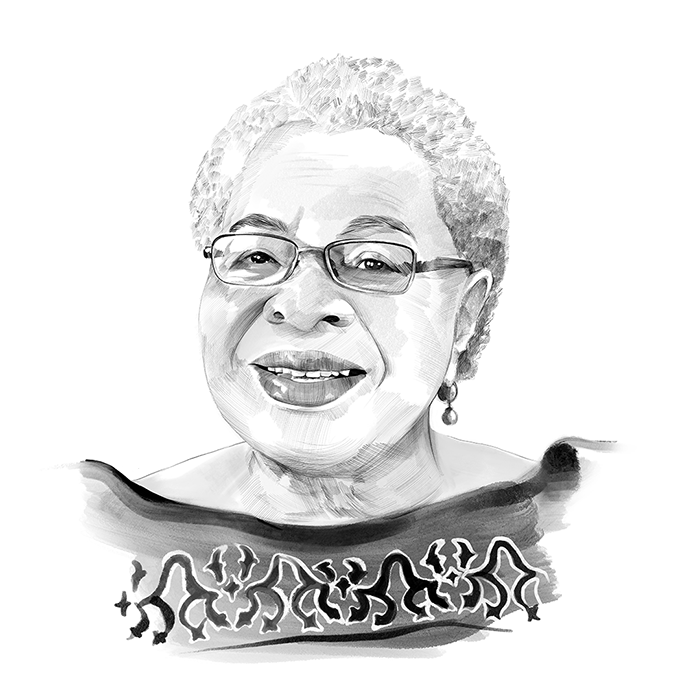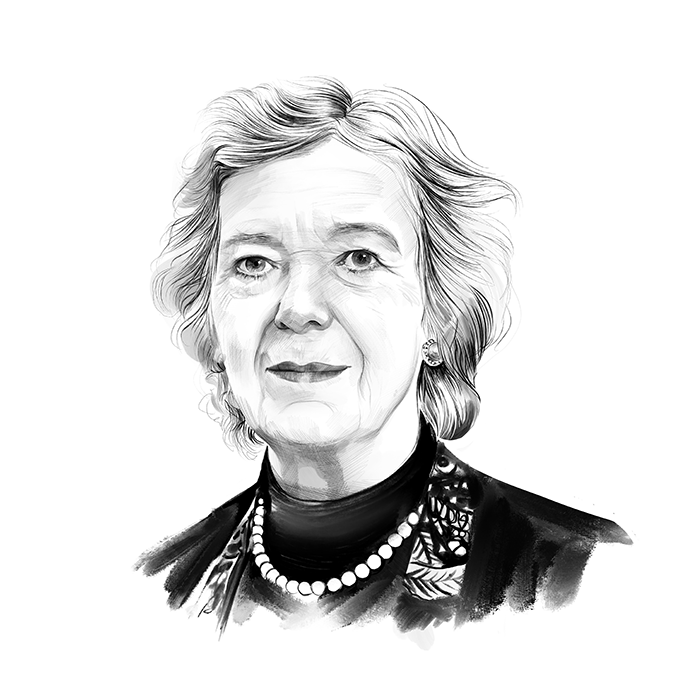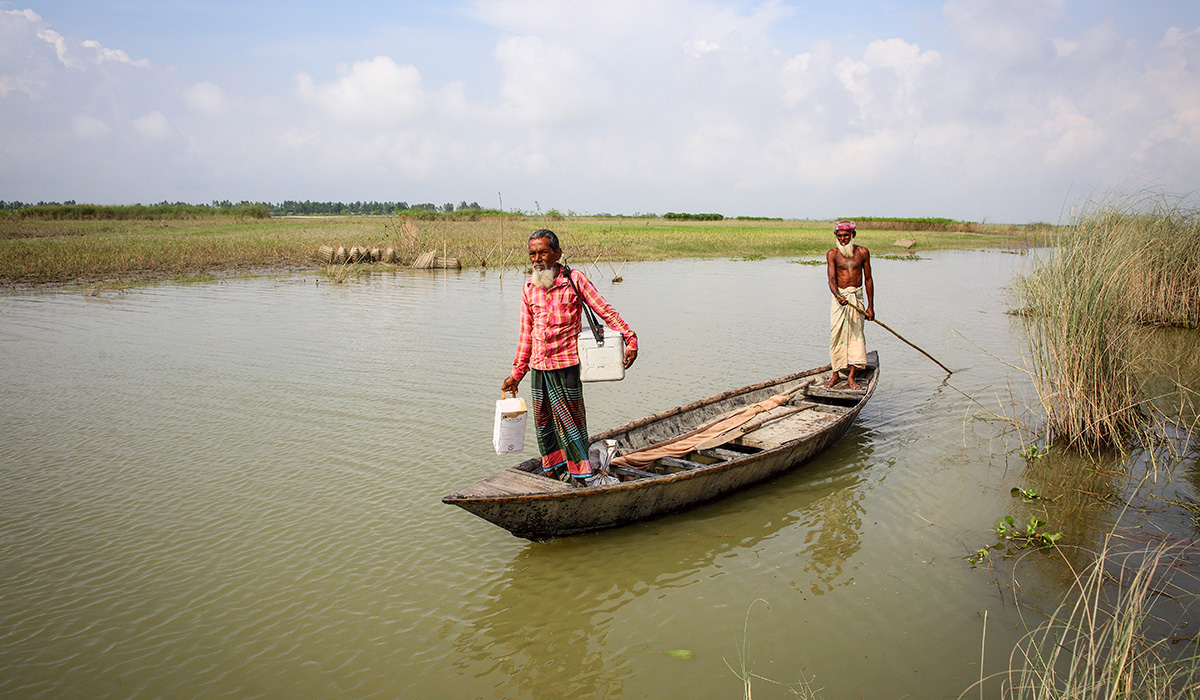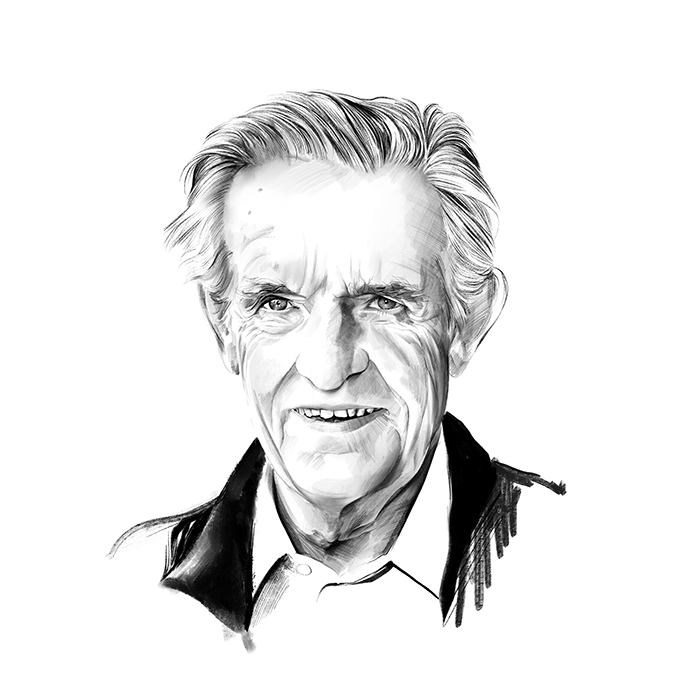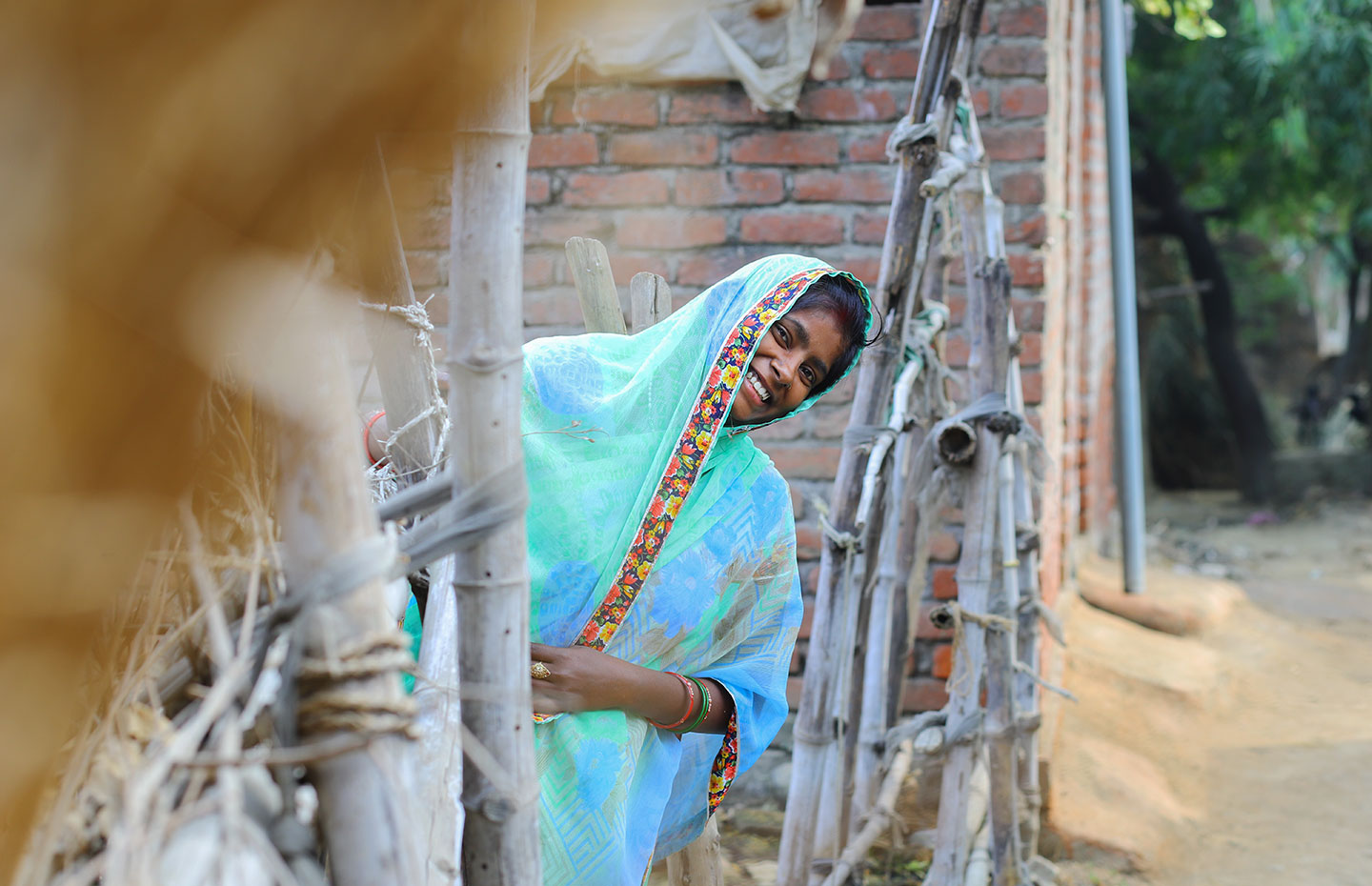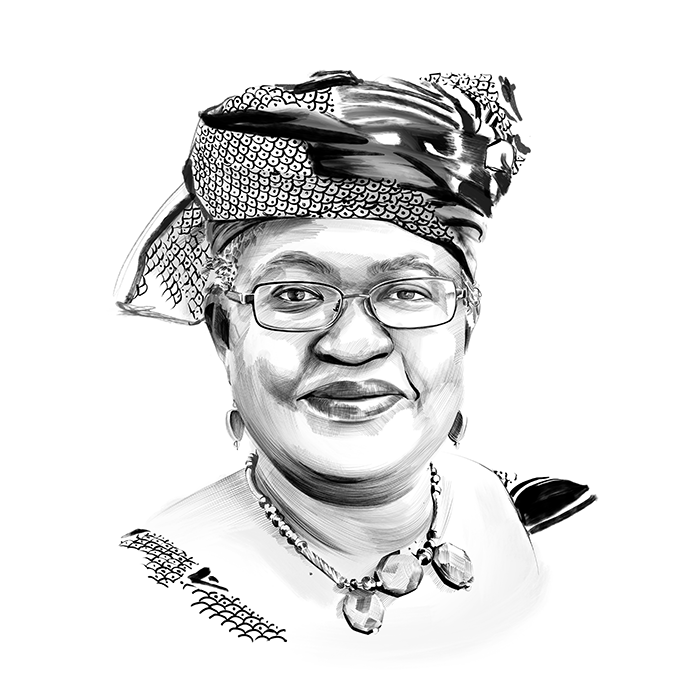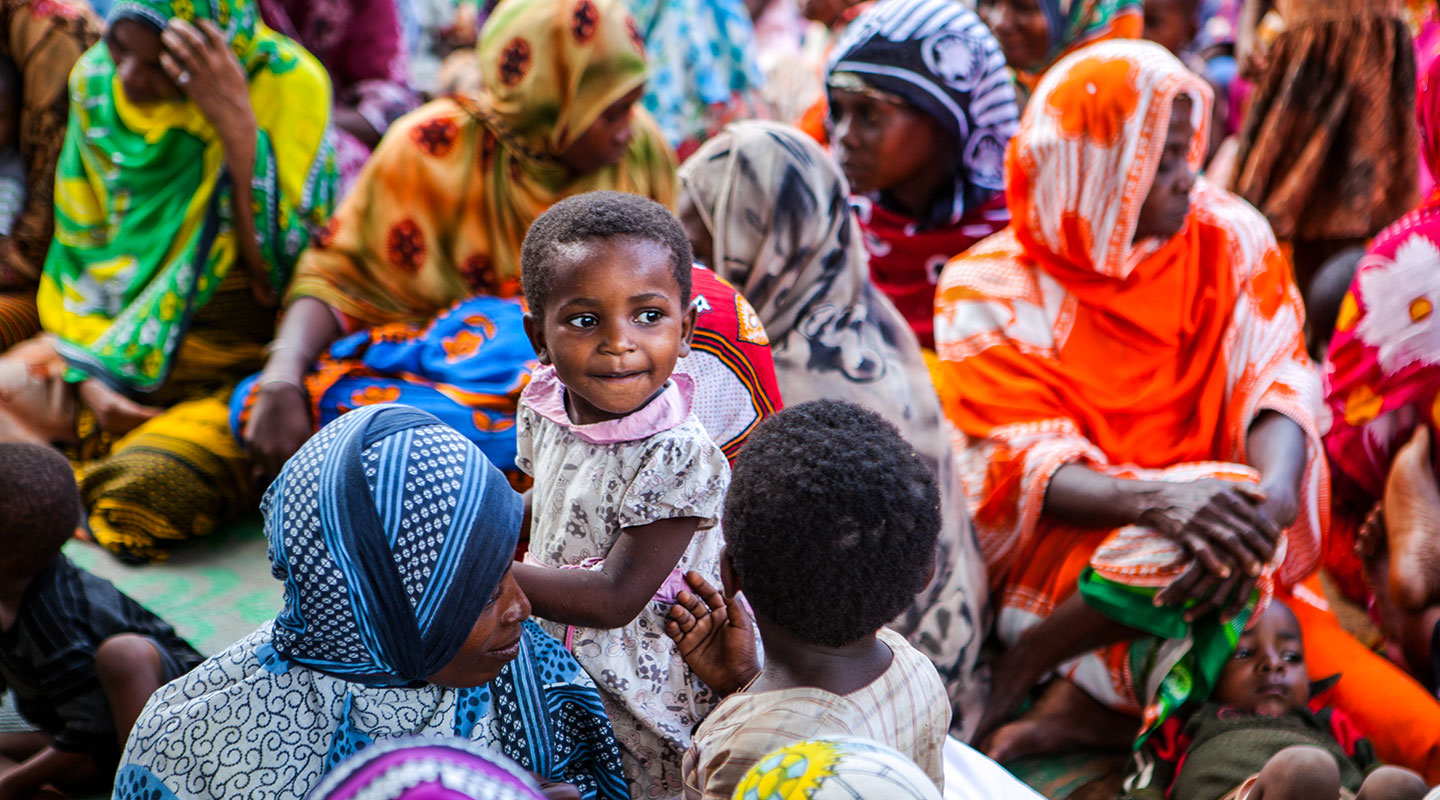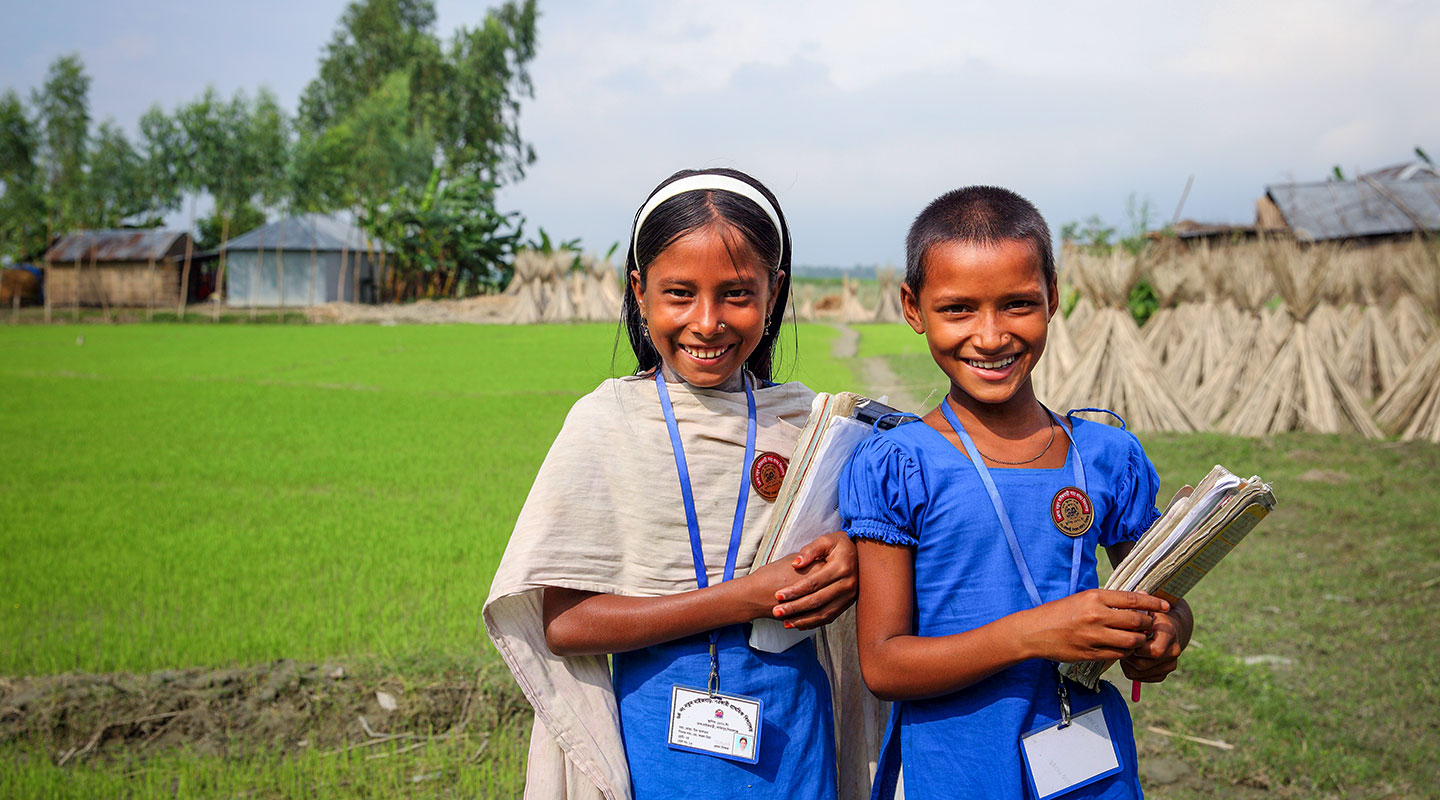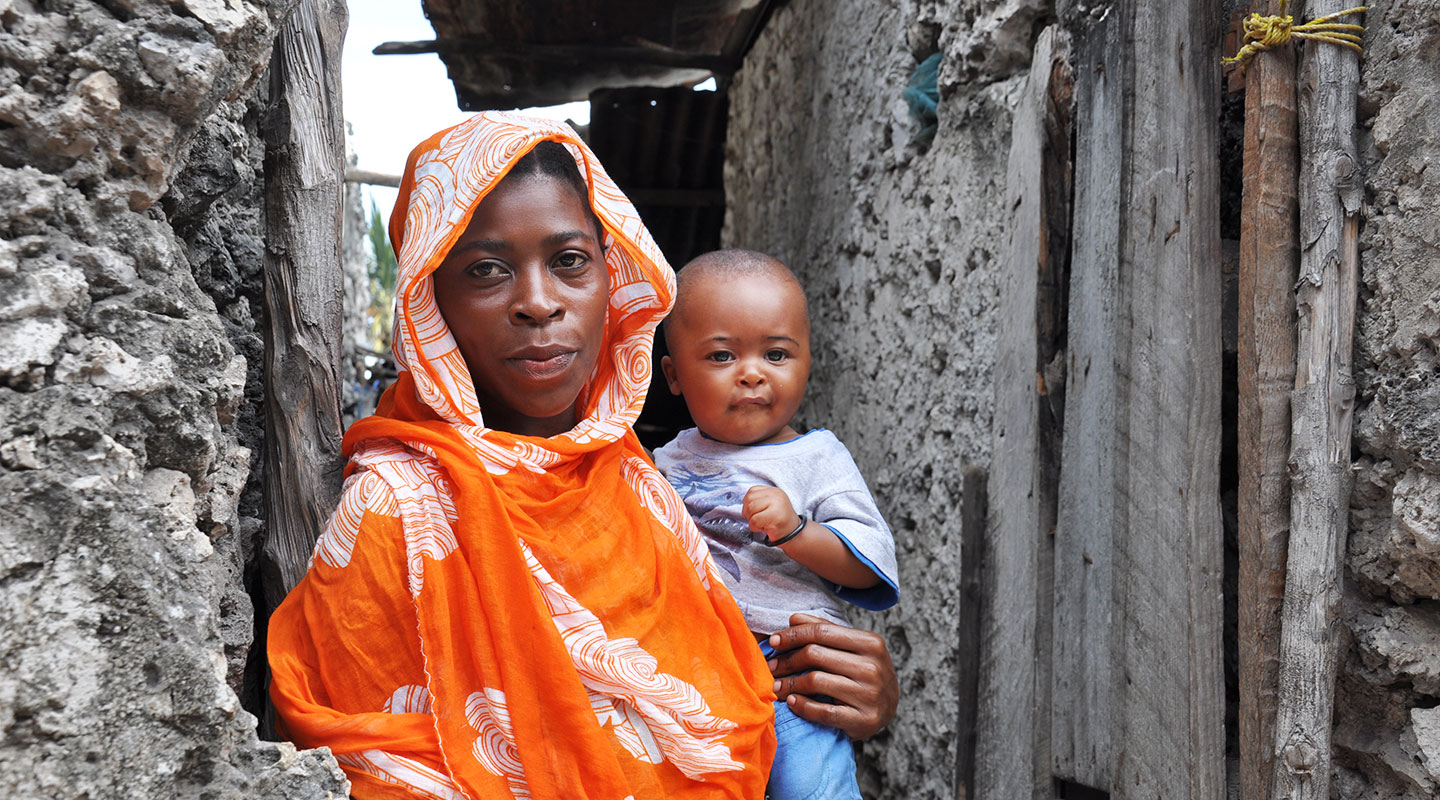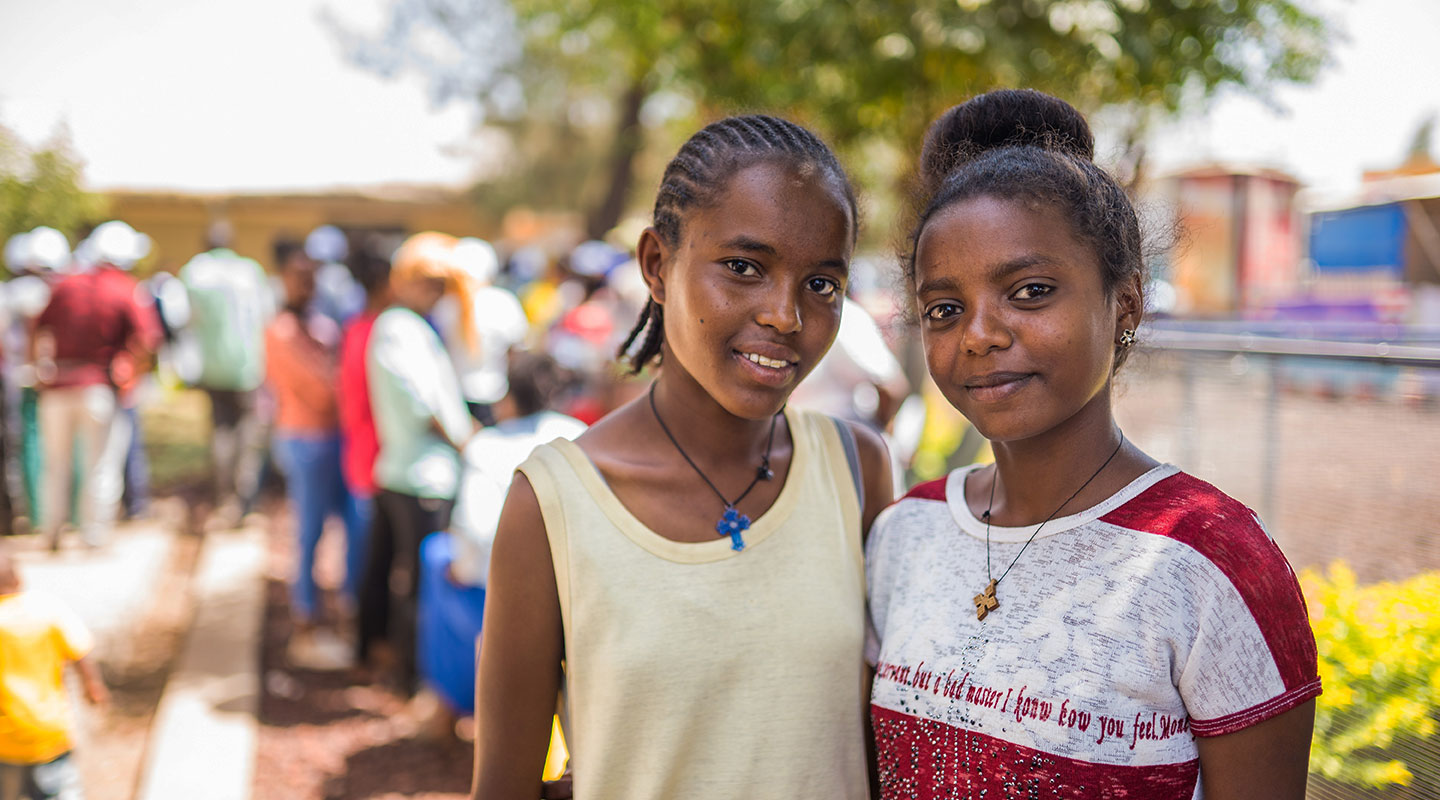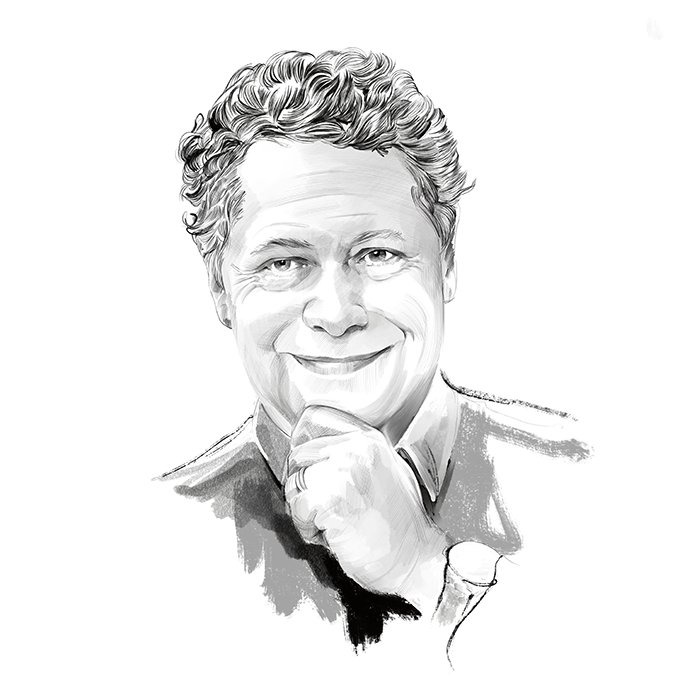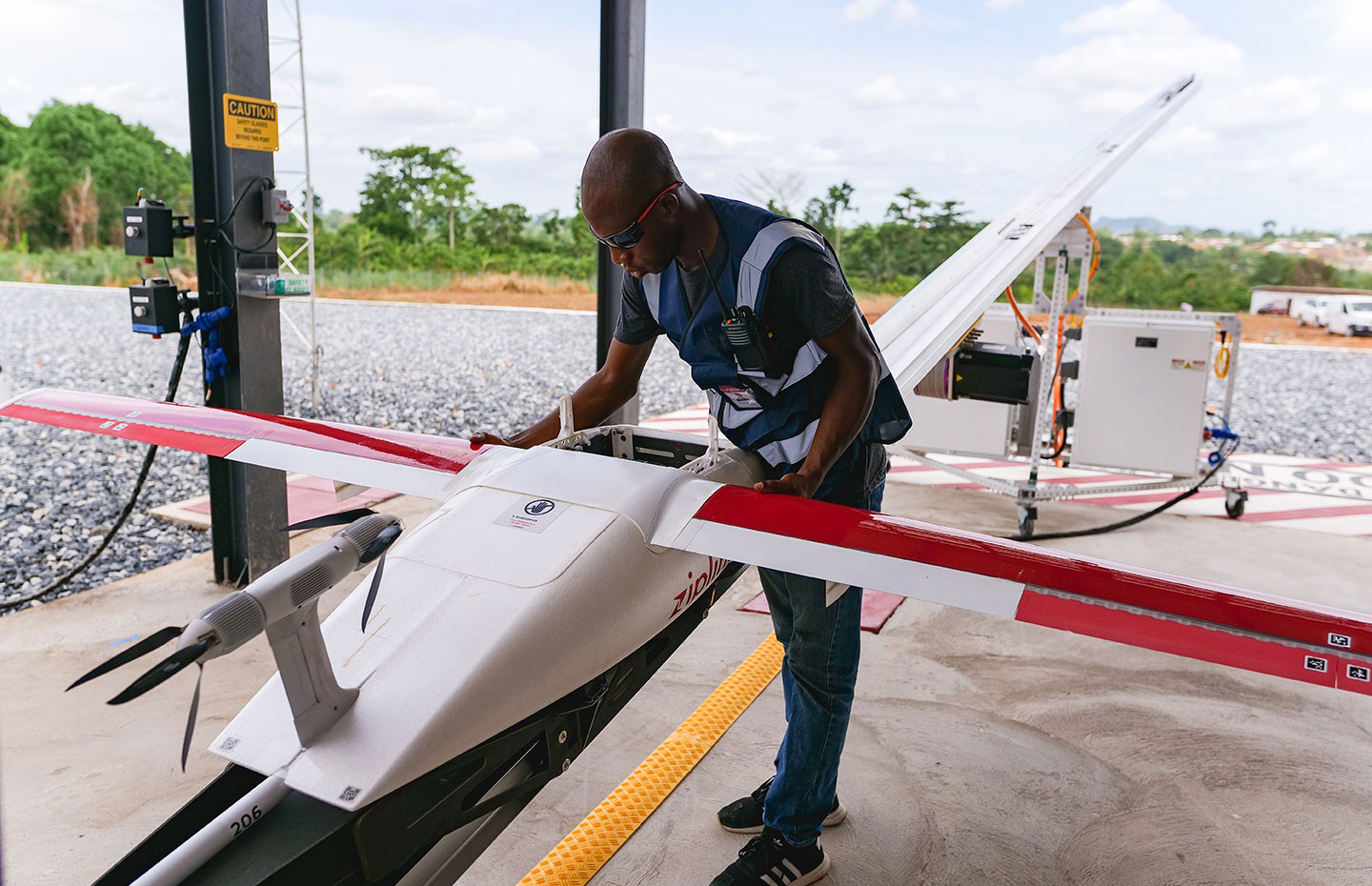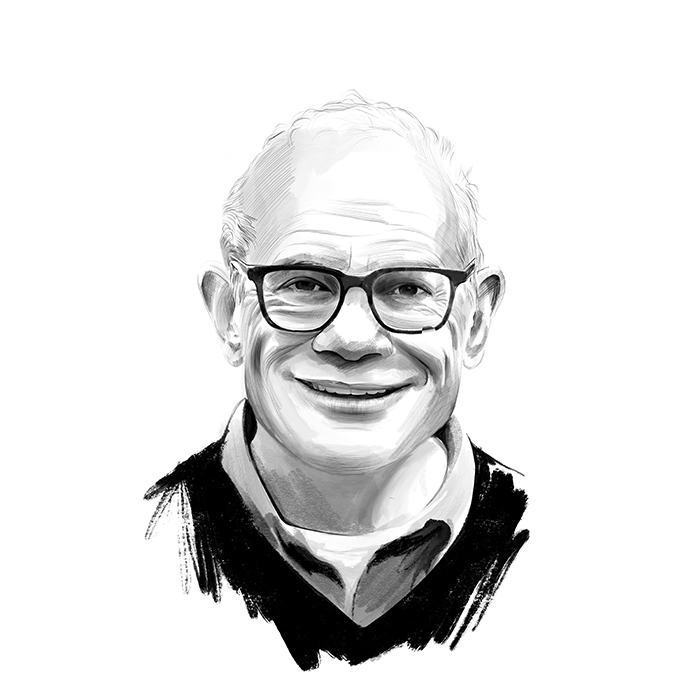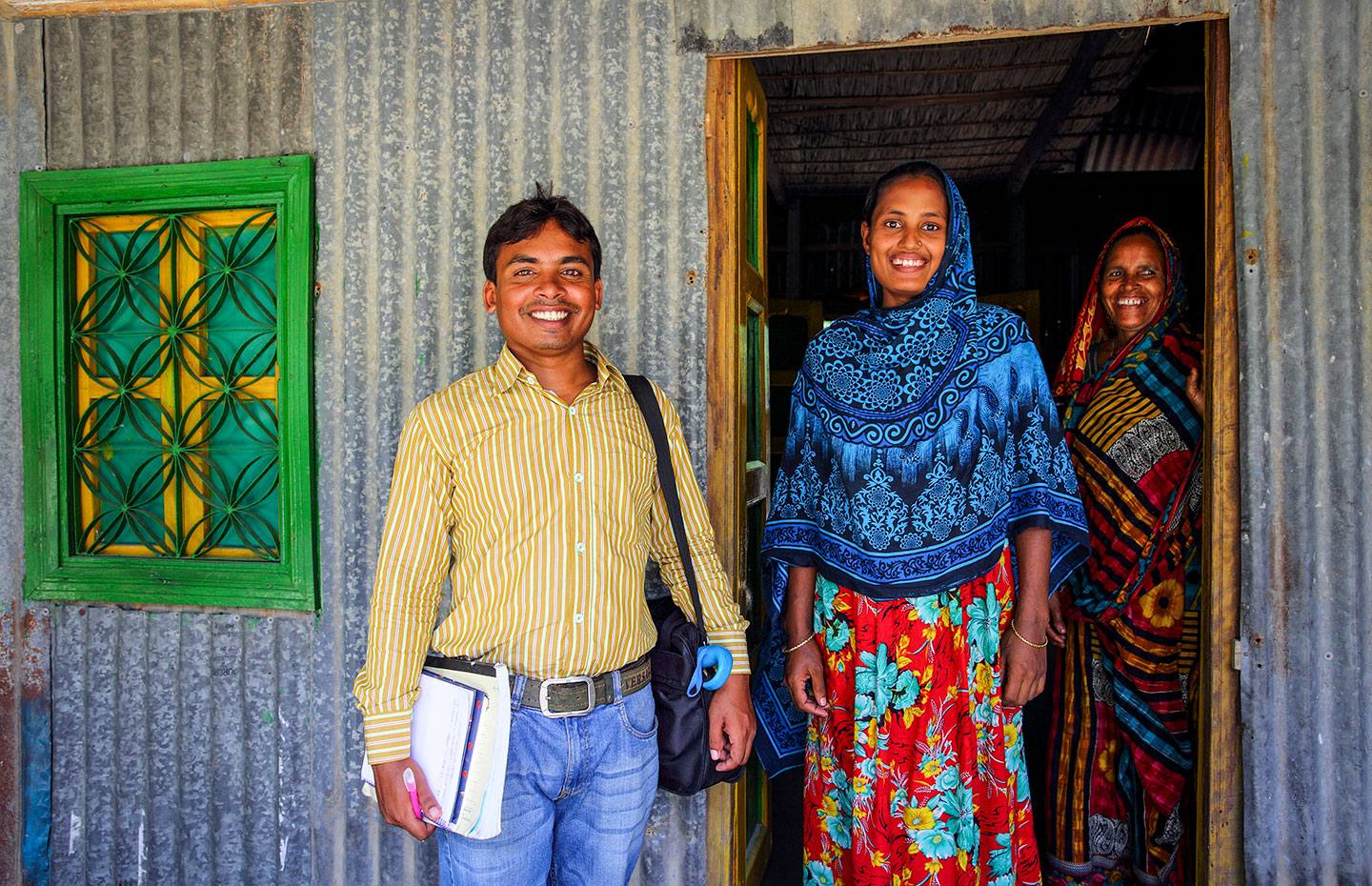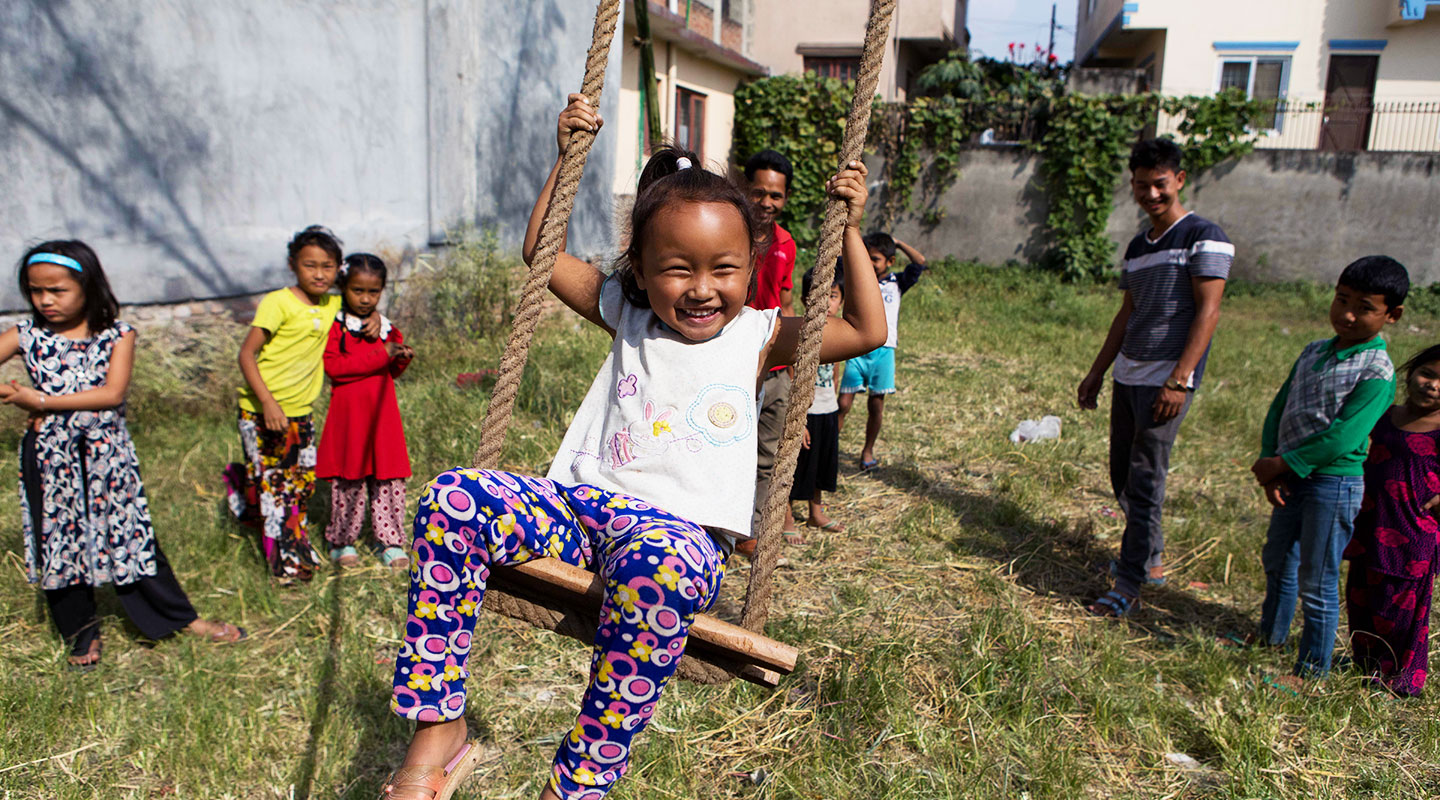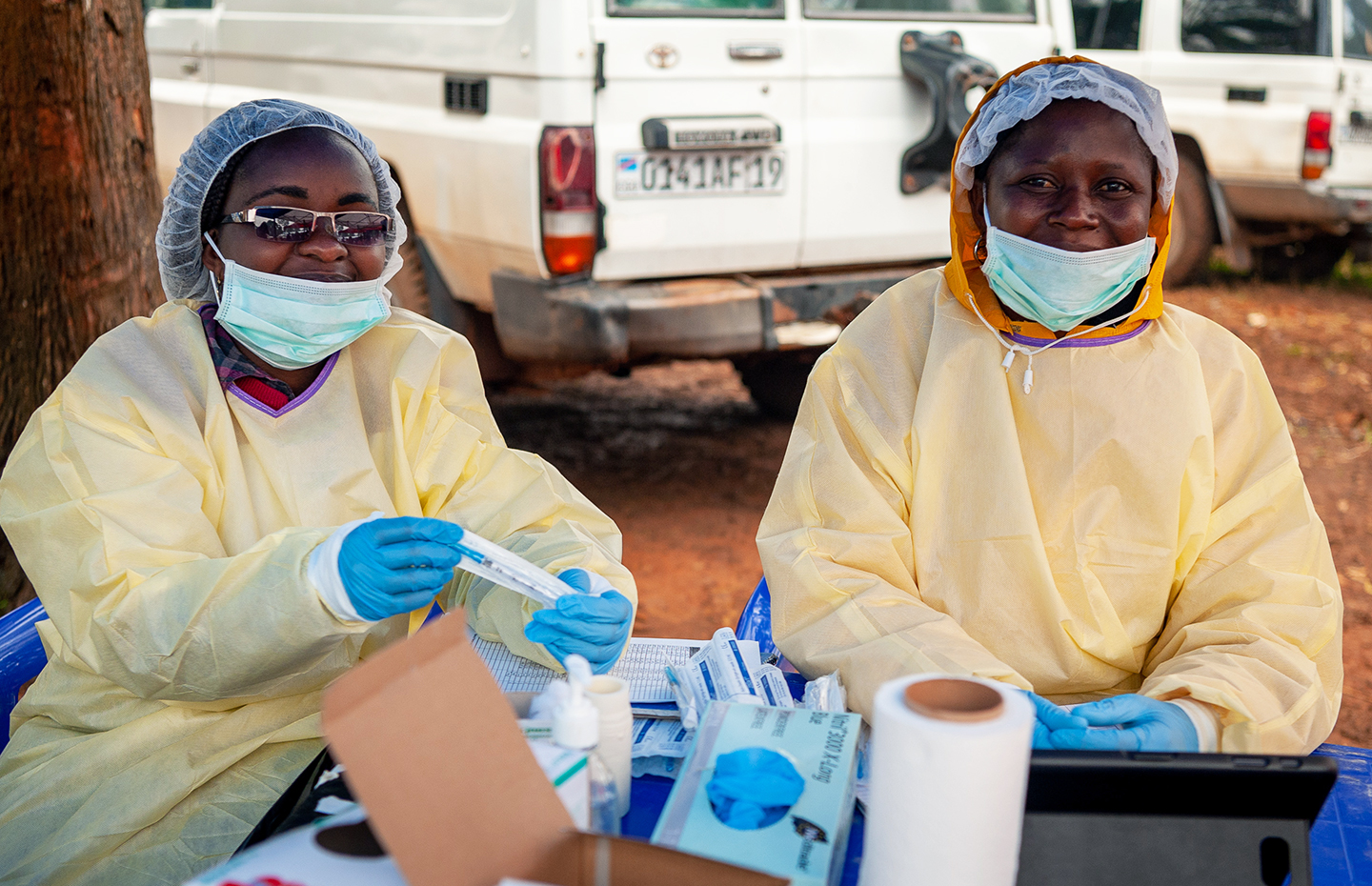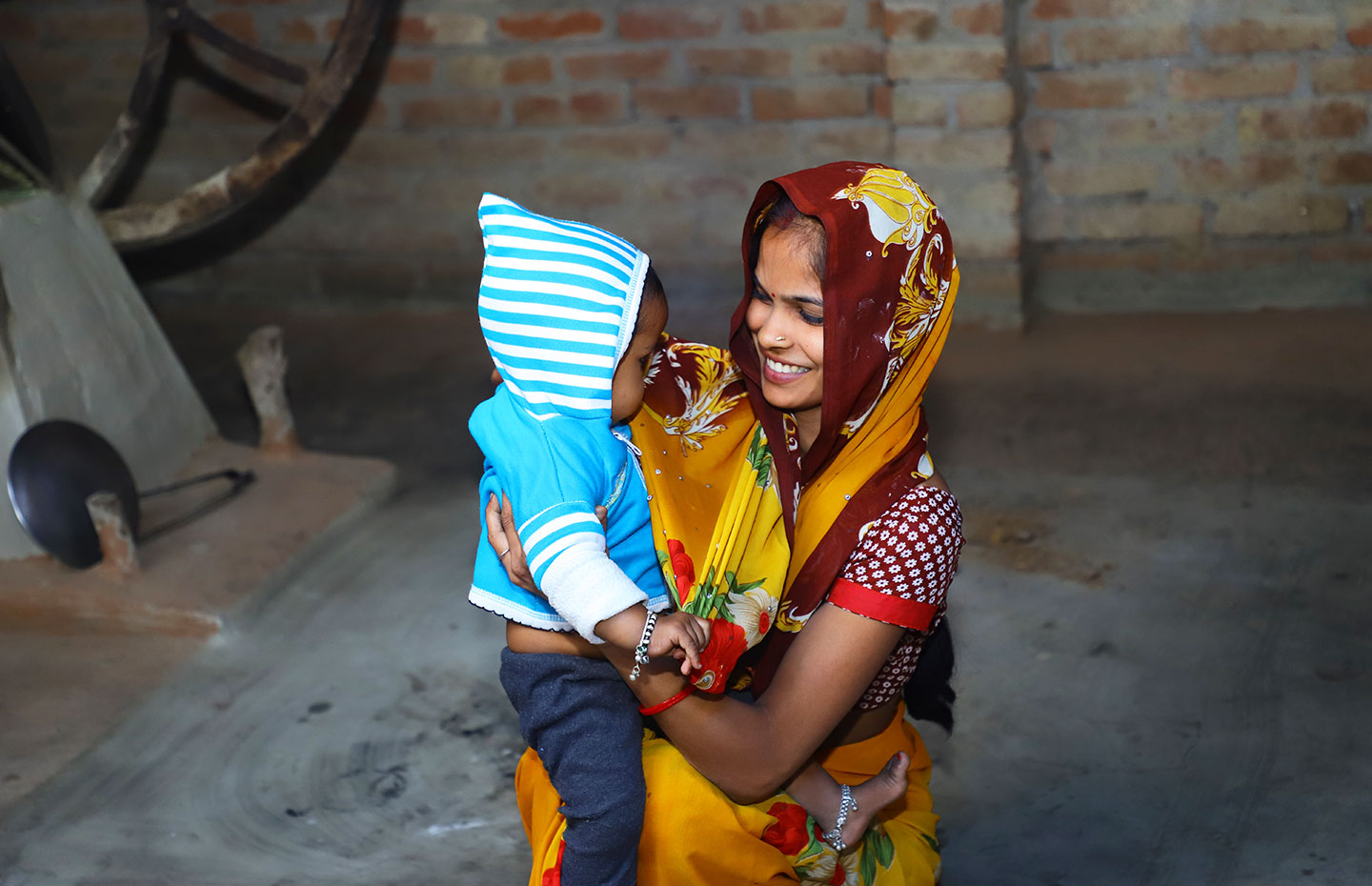As Gavi continued to make progress, it became clear that barriers to immunisation were not just economic or physical, but also sometimes based on gender. At a global level, girls and boys are vaccinated equally, but in some countries there is a gender imbalance so that more boys are protected with vaccines. Immunisation is not gender-neutral in its impact. In Gavi-supported countries, women are the main caregivers, so vaccination strategies must ensure they are actively engaged and, for example, that vaccinators knock on doors when there is most likely to be someone at home to let them in to vaccinate children. Gavi works hard to ensure that all genders are equally protected with vaccines.
But access isn’t the only gender-related issue. Some pathogens affect women more than men, such as human papillomavirus (HPV)Human papillomavirus (HPV)
Globally, one woman dies of cervical cancer every two minutes. With 311,000 deaths a year, it now kills more women than pregnancy complications and childbirth combined. The human papillomavirus (HPV) vaccine can prevent up to 90% of all cervical cancer cases, but when it was first launched in 2006, it cost more than US$ 100 per dose – putting it far beyond the reach of most women in lower-income countries, where 90% of cervical cancer deaths occur. Since Gavi has supported it, the cost of the HPV vaccine has been reduced to less than US$ 5 per dose for lower-income countries, a record-low price. Vaccination is especially critical in these countries, as women have limited access to screening or treatment. Since 2013, with Gavi support 3.9 million girls and young women have been protected against HPV., which is the cause of almost all cervical cancer cases. In countries supported by Gavi, where screening and treatment is not widely available to most women, this has become a leading cause of cancer deaths among women, now killing more women than pregnancy complications and childbirth combined. This growing problem led Gavi to start providing support for the HPV vaccine. First introduced in 2013 with Gavi support, this vaccine was unusual, not just because it prevented cancer, but also because its effectiveness was dependent on immunising young women and girls. This meant that the vaccine could not be introduced into routine childhood vaccination programmes.
To address this, initially a series of HPV demonstration programmes was launched to test the feasibility and cost of vaccinating adolescent girls in low- and middle-income countries. These have been completed in 30 countries. There are now 27 countries which have introduced or been approved to include the vaccine as part of their national immunisation programmes, protecting nearly 4 million girls and young women. To date, 18 Gavi-supported countries have introduced HPV vaccine nationally, of which 5 countries – Malawi, Tanzania, Uganda, Zimbabwe and Zambia – carry amongst the top 10 highest cervical cancer burdens in the world. Countries can now also apply directly for support without the need for a demonstration programme. Support for this vaccine has been so popular among countries that surging demand has created supply challenges, but Gavi is committed to continue supporting countries to introduce the vaccine.
The HPV vaccine also represents a significant success for one part of Gavi’s market-shaping work. By working closely with countries and industry partners, the Alliance has been able to deliver the vaccine to countries at an affordable price, preventing infections and saving many lives.
